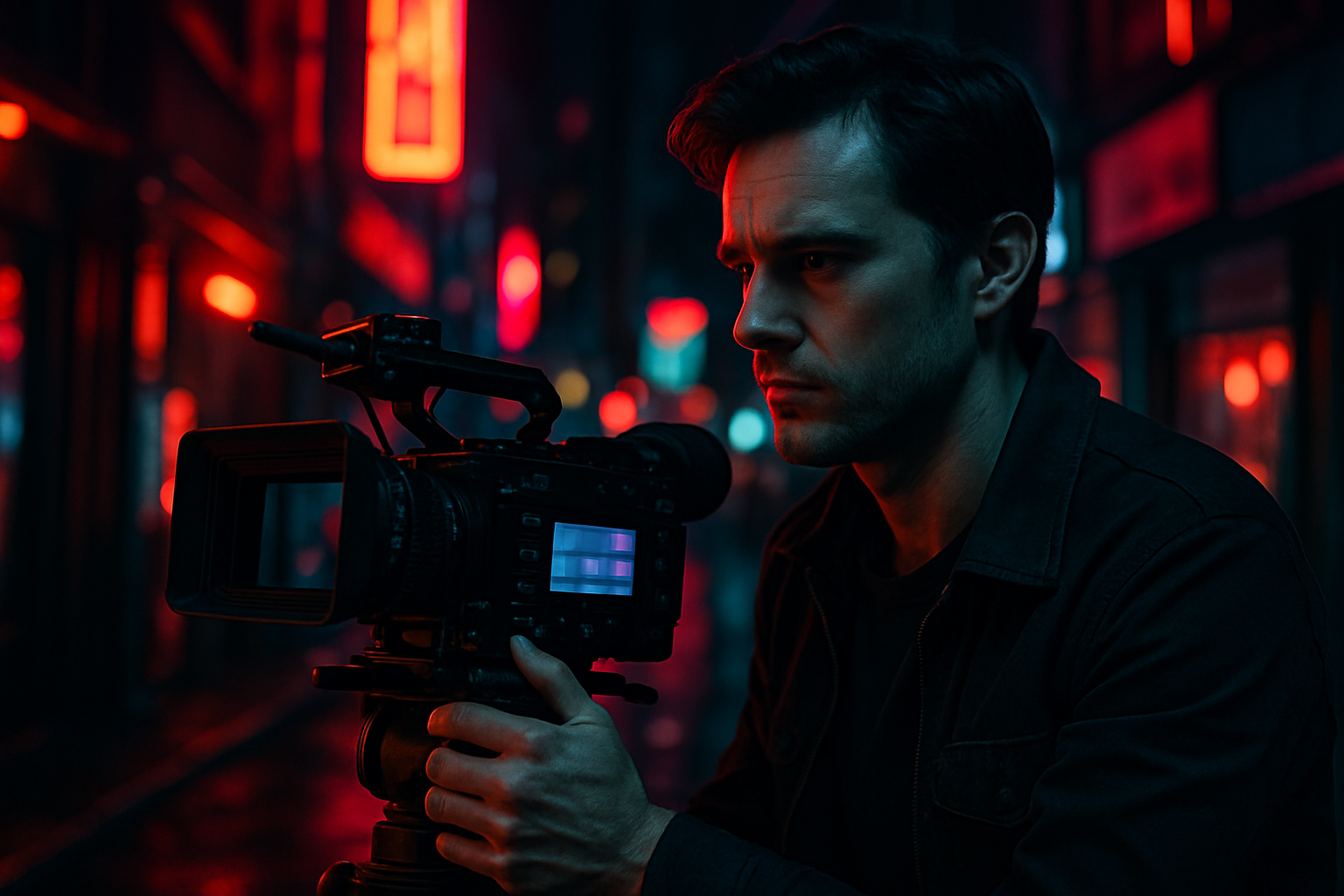Neon Noir: The Fluorescent Renaissance in Contemporary Cinema
In the ever-evolving landscape of cinematic aesthetics, a vibrant trend has emerged, captivating audiences and critics alike. Neon noir, a striking fusion of classic film noir elements with bold, fluorescent visuals, is redefining the visual language of modern cinema. This article delves into the origins, current manifestations, and potential future of this electrifying genre, exploring how filmmakers are using vivid color palettes to breathe new life into age-old storytelling techniques.

Chromatic Storytelling: More Than Meets the Eye
At its core, neon noir utilizes color as a narrative tool. Filmmakers employ vibrant hues not merely for visual appeal, but to convey emotion, heighten tension, and underscore thematic elements. The juxtaposition of neon against darkness creates a visual metaphor for the conflict between hope and despair, innocence and corruption – themes that have long been central to noir storytelling.
Contemporary Masters of the Craft
In recent years, several directors have emerged as pioneers of the neon noir aesthetic. Nicolas Winding Refn’s Drive (2011) and Only God Forgives (2013) are often cited as seminal works in the genre, featuring saturated color schemes that oscillate between dream-like beauty and nightmarish intensity. Similarly, Gaspar Noé’s Enter the Void (2009) pushes the boundaries of neon-infused cinematography, creating a psychedelic journey through Tokyo’s neon-lit underbelly.
Beyond Cinema: Neon Noir in Other Media
The influence of neon noir extends beyond the silver screen. Video games like Cyberpunk 2077 and the Deus Ex series have embraced the aesthetic, creating immersive, neon-drenched worlds for players to explore. In photography and graphic design, the style has inspired a wave of artists who use bold, fluorescent palettes to create moody, atmospheric pieces that echo the visual language of neon noir films.
The Future Glows Bright
As technology advances, so too does the potential for neon noir. The advent of LED lighting in film production and improvements in digital color grading have opened up new possibilities for filmmakers to experiment with color and light. Virtual production techniques, as seen in The Mandalorian, could potentially allow for even more dynamic and immersive neon noir environments, blurring the line between practical and digital effects.
Cultural Resonance in a Digital Age
The resurgence of neon noir speaks to a broader cultural moment. In an era dominated by digital screens and artificial light, the genre’s aesthetic resonates with audiences accustomed to the glow of smartphones and LED billboards. It reflects our ambivalence towards technology – both its allure and its potential for alienation – mirroring the duality that has always been at the heart of noir storytelling.
Challenges and Criticisms
Despite its visual appeal, neon noir is not without its critics. Some argue that the style prioritizes form over substance, potentially overshadowing narrative depth with flashy aesthetics. There’s also a risk of oversaturation – as more filmmakers adopt the style, there’s a danger of it becoming a visual cliché rather than a meaningful artistic choice.
A New Language of Light
Ultimately, neon noir represents more than just a passing trend in cinema. It’s a evolution of a classic genre, adapting to the visual vocabulary of the 21st century while maintaining the thematic depth that made film noir so compelling. As filmmakers continue to push the boundaries of what’s possible with color and light, neon noir stands as a testament to cinema’s enduring ability to reinvent itself, casting familiar shadows in a whole new light.





